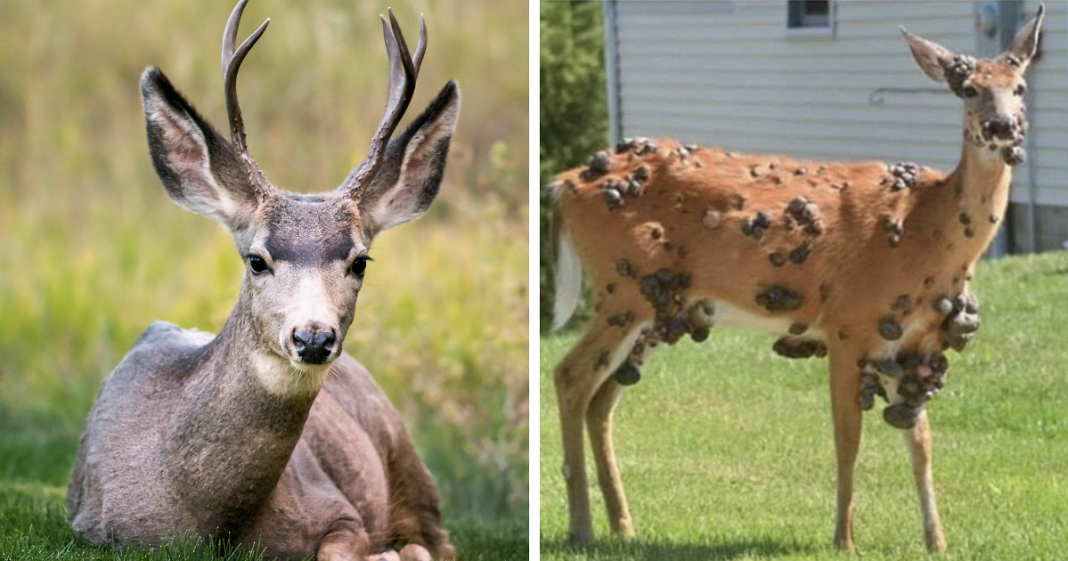Okay, let’s talk about something that sounds like it jumped straight out of a horror movie script: “Zombie Deer Disease.” Yikes, right? Well, it’s not a movie, and unfortunately, it’s very real and making headlines again in a Southern state, prompting an emergency response that has wildlife officials and locals on high alert. If you’re picturing Bambi staggering around with vacant eyes, you’re not far off. This isn’t just a quirky wildlife story; it’s a serious concern for the health of our deer populations and, frankly, something we all need to be aware of.
What Exactly Is Chronic Wasting Disease (CWD)?
The official, less sensational name for “Zombie Deer Disease” is Chronic Wasting Disease, or CWD. It’s a neurological condition that affects deer, elk, moose, and even reindeer. Here’s the really unsettling part: it’s caused by abnormal proteins called prions. These aren’t bacteria or viruses, which means they’re incredibly resilient and can persist in the environment for years. Once a deer is infected, these prions slowly attack its brain and nervous system, gradually deteriorating its health.
The symptoms are truly heartbreaking and give the disease its “zombie” moniker. Infected animals begin to lose weight drastically – they literally waste away. You might also notice them stumbling, drooling excessively, appearing lethargic, or showing behavioral changes like a lack of fear of humans. Their eyes can look dull and vacant. The kicker? CWD is always fatal. There’s no vaccine, no treatment, and once an animal shows symptoms, it’s already too late.
Emergency Response: Why the Urgency?
The return of CWD to a Southern state has triggered an immediate and robust emergency response, and for good reason. This isn’t a disease that just disappears; it spreads. State wildlife agencies are scrambling, initiating heightened surveillance and testing protocols, especially in areas where infected deer have been found. This often includes establishing specific containment zones or management areas where hunting regulations might be altered to help control the spread.
But why the panic? CWD is highly contagious among deer, primarily through direct animal-to-animal contact or indirectly through contact with infected prions in the environment (think soil, plants, or even feed). Eradicating it once it’s established is incredibly difficult, if not impossible, due to the resilience of prions. “This isn’t just about the deer; it’s about the health of our entire ecosystem and a way of life for many families,” a local hunter, Mark Jenkins, shared, expressing a common sentiment of apprehension in the community.
Beyond the Deer: What Are the Implications?
While CWD is primarily a concern for cervid populations, its implications stretch further. The potential impact on local ecosystems, hunting economies, and even agriculture is significant. There’s also the persistent, albeit unconfirmed, question about human susceptibility. While there have been
The return of this disease serves as a stark reminder of the delicate balance of nature and the constant vigilance required to protect our wildlife. It underscores the importance of ongoing research, public education, and collaboration between state agencies, hunters, and the general public to monitor and manage such threats.
So, while the term “Zombie Deer Disease” might sound sensational, the reality of Chronic Wasting Disease is serious. Staying informed, reporting any sick or unusually behaving deer to your local wildlife authorities, and following official guidelines are crucial steps we can all take to help contain this unsettling threat to our wild neighbors.




